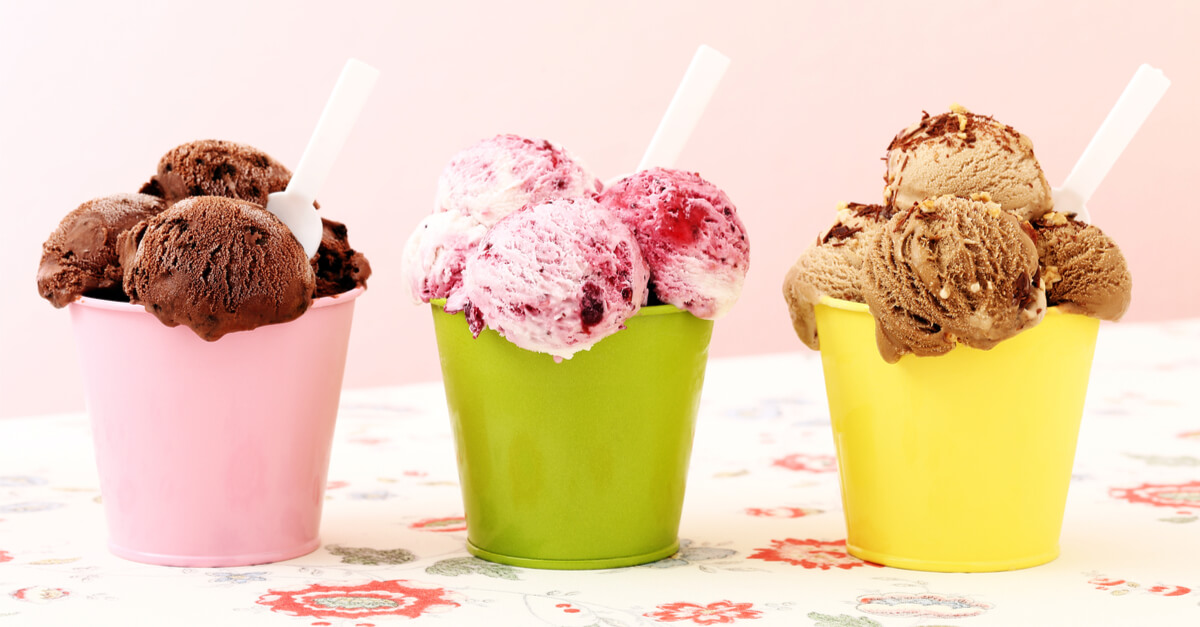The Struggle:
A real struggle when digging into more and more modern techniques is changing the way our brains look at recipes. Recipes become formulas to create a desired outcome. When trying to perfect a recipe, the testing process can be tedious but rewarding in the end. Trying to tweak the recipe to taste, look, and feel as it does in our minds mouth takes a bit of work. So the first thing you may need to do is convert to measuring in metric which is intimidating. Then work out the percentages of the recipe. It’s nice when you get a new ingredient and it gives you a recommended usage ratio, but is that number the end all be all? Can this ingredient be used only in this once percentage or is there some leeway? This exact thing happens to many people who are starting to change the way they cook. If this is you, you are not alone. In fact it happened to a customer recently trying to use Perfect Ice Cream. Their recipe was too chewy at the recommended percentage, how and why does this happen? Well let’s find out..
“Why is my Perfect Ice Cream not so perfect?”
Perfecting Perfect Ice Cream Percentages.
So as it states Perfect Ice Cream’s recommended usage ratio is 0.5%. What this means is that if your entire recipe’s weight equals 100% the Perfect Ice Cream should be about 0.5% of that weight. In terms of weight 1000g of ice cream base 5g of that weight should be Perfect Ice Cream. Now let’s look at what Perfect Ice Cream is and how it works. We don’t really need to get into the method of adding it to the recipe, but we need to know what it does when it is added. Perfect Ice Cream, much like other hydrocolloids, love water. It mixes with the water to add a creamy mouthfeel and hinder ice crystal formation. But when too much is added the mouth feel will become chewy. So what if you add the recommended amount and you get this undesirable texture? Every recipe is not created equal, Ice cream can range between 10-25% butterfat. The higher the fat content in the ice cream the less water there is. So for example let’s look at this in simple terms and not factor in any other ingredients in a recipe. Let’s imagine we are making ice cream with just milk, cream, and Perfect Ice Cream. A 10% butter fat recipe will have 89.5% water (milk in this case) and 0.5% Perfect Ice Cream. This works out to be about 0.55% Perfect Ice Cream to the weight of the water in the recipe. Now a 25% butterfat recipe will have 74.5% water (milk in this case) and 0.5% Perfect Ice Cream. This turns out to be about 0.7% to the weight of the water in the recipe. That is an increase of about 0.15% Perfect Ice Cream due to there being less water. As the butter fat percentage increases the amount of Perfect Ice Cream will need to decrease. So in doing a little math I have come up with these numbers for different fat percentages in ice cream.
10% fat content ice cream uses 0.5% Perfect Ice Cream to the total weight of the recipe.
15% fat content ice cream uses 0.45% Perfect Ice Cream to the total weight of the recipe.
20% fat content ice cream uses 0.4% Perfect Ice Cream to the total weight of the recipe.
25% fat content ice cream uses 0.35% Perfect Ice Cream to the total weight of the recipe.
These are good starting points, when creating an ice cream recipe….but then we need to factor in other ingredients like fats from egg yolks or other added fats like chocolate. It is fine to use even less of an ingredient if you feel your recipe will be better because of it. I’ll leave you with this; just because there is a recommended ratio on the package doesn’t mean that is the only ratio, it means it’s the best place to start. Now go perfect your ice cream recipe, or try one of ours below!
Ready to get Cooking?
Give our Savory Parmesan Ice Cream a try! This home cook version of our famous Parmesan Sherbet can be easily churned up in any ice cream machine. It is a slightly sweet and supremely savory, for an unexpected dessert or palate cleanser.


